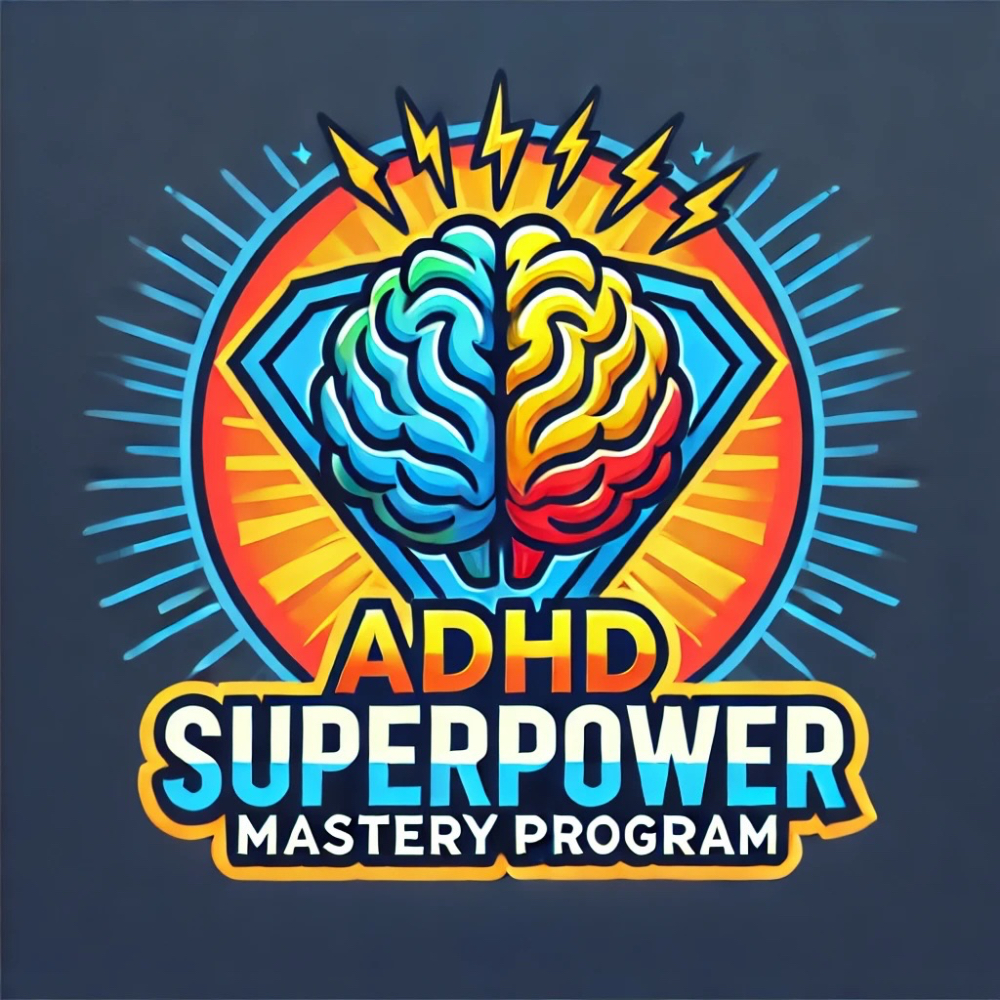Understanding ADHD: The Difference Between Hyperfixation and Hyperfocus

ADHD is often associated with difficulties in maintaining attention, but it also includes states of intense concentration that can be both a blessing and a curse.
Two common experiences among those with ADHD are hyperfixation and hyperfocus.
While these terms are sometimes used interchangeably, they describe different aspects of ADHD behavior. Understanding the distinction between the two can help in managing them more effectively.
What is Hyperfixation?
Hyperfixation refers to an intense and sometimes obsessive focus on a specific task, hobby, or subject for an extended period.
During a hyperfixation episode, individuals with ADHD may lose track of time, ignore other responsibilities, and become deeply immersed in their chosen activity.
This can happen with anything from a video game, a book, or a new hobby, to researching a topic that suddenly captivates them.
Key Characteristics of Hyperfixation:
- Time Distortion: Losing track of hours or even days while engaged in the activity.
- Neglect of Basic Needs: Forgetting to eat, sleep, or take care of personal hygiene.
- Difficulty Shifting Focus: Struggling to move on from the task, even when it’s no longer enjoyable or productive.
What is Hyperfocus?
Hyperfocus is similar to hyperfixation in that it involves intense concentration, but it often occurs in the context of tasks or activities that are urgent, necessary, or highly engaging.
While hyperfocus can lead to remarkable productivity, it can also cause problems if it leads to neglecting other important tasks.
Key Characteristics of Hyperfocus:
- Intense Productivity: Accomplishing a significant amount of work in a short period.
- Tunnel Vision: Focusing so intensely that all distractions fade away.
- Sudden Onset: Often triggered by deadlines or when working on something of personal importance.
The Differences Between Hyperfixation and Hyperfocus
While both hyperfixation and hyperfocus involve intense concentration, the main difference lies in the context and the outcome.
Hyperfixation is often associated with activities that are pleasurable or novel, while hyperfocus tends to occur in more task-oriented scenarios, particularly those that require immediate attention or are linked to personal goals.
Hyperfixation can lead to neglecting essential responsibilities and may not always result in productive outcomes. In contrast, hyperfocus can be a powerful tool for productivity, but it can also cause issues when it leads to an imbalance in how time is spent.
Tips for Managing Hyperfixation
- Set Timers: Use alarms or timers to remind yourself to take breaks, especially if you find yourself losing track of time.
- Prioritize Responsibilities: Before diving into an activity, ensure that your essential tasks for the day are completed or scheduled.
- Use Accountability Partners: Have someone check in with you to ensure you’re not neglecting other areas of your life.
- Practice Mindfulness: Regular mindfulness exercises can help you stay aware of when you’re slipping into hyperfixation and need to shift your focus.
Tips for Managing Hyperfocus
- Scheduled Breaks: Even during periods of hyperfocus, schedule regular breaks to prevent burnout and to maintain overall balance in your life.
- Task Lists: Use task lists to keep track of everything you need to accomplish. This can help ensure that your hyperfocus doesn’t lead to ignoring other important responsibilities.
- Set Clear Boundaries: If you’re working on something important, set boundaries on how much time you’ll spend on it, so it doesn’t consume your entire day.
- Delegate When Possible: If you find yourself hyperfocused on one task to the detriment of others, delegate some responsibilities to keep everything on track.
Both hyperfixation and hyperfocus are common experiences for individuals with ADHD, each with its own set of challenges and benefits.
By understanding the difference between the two, you can develop strategies to manage them effectively, ensuring that they work for you rather than against you.
Whether you’re deep into a hobby or pushing through an important project, these tips can help you maintain balance and keep your life on track.

